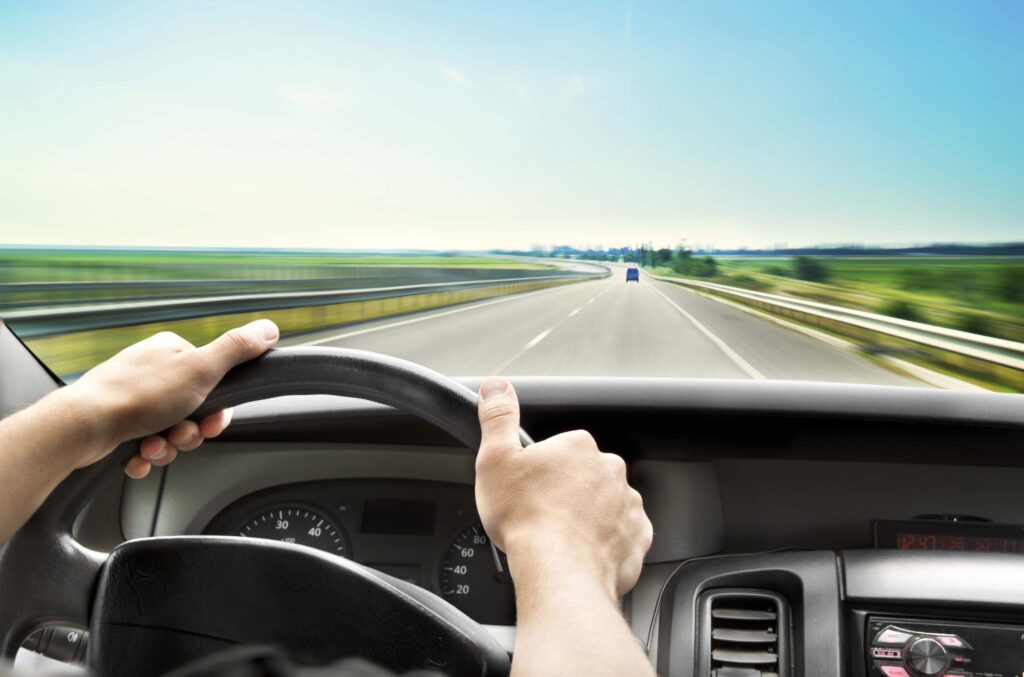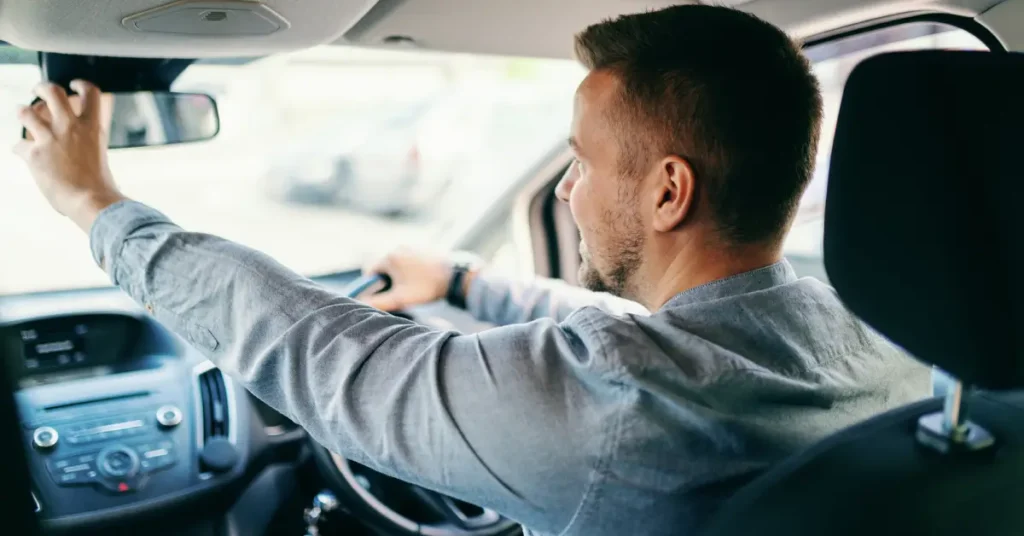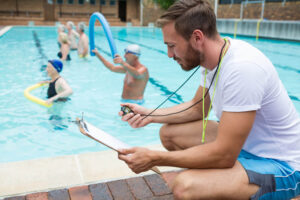If you’re a professional driver it’s easy to get carried away and forget the basics if you’ve been in this business for a while. Likewise, if you’re a new driver, especially if you’re a new professional driver, every little bit can be of great help when it comes to you feeling good on the road.
Both physically and mentally.
So, in order to help both aforementioned groups, we’ve compiled a list of a few very useful and very useful tips that will improve your overall safety on the road. If you’re on Velju trying to get a job as a driver, these six things we’re going to talk about are going to show you how to become a better driver.
Let’s get started!
Know your car
Get to know the machine you’re going to be driving, its strengths, and its limitations. It’s definitely not the same if you’re driving a compact car, a van, or an 18 wheeler, and there are also big differences within each category of vehicle.
The strength of the engine will tell you how much power you can expect, so you’ll know whether you can overtake others or not. The type of drive your car has will tell you how it will behave on various terrains, and you should also get to know the steering wheel to see how sensitive it is.
In short, if you know your car, you will know exactly what to expect from it on the road.
Adjust your mirrors
Take a few minutes to adjust your mirrors to perfection because not only will you be a better driver with this, you could also avoid a potentially disastrous accident on the road.
When you adjust mirrors properly, you will be able to see everything that’s going on behind you, so there will be no unpleasant surprises. Consequently, you will not be making any sudden moves, which means the drivers around you will be safer, too.
It’s a well-known fact that side mirrors on cars have a blind spot, so you should take that into consideration. However, there are neat little things called blind spot mirrors that can help you solve this problem. They are easily installed and can be of great help to any driver.
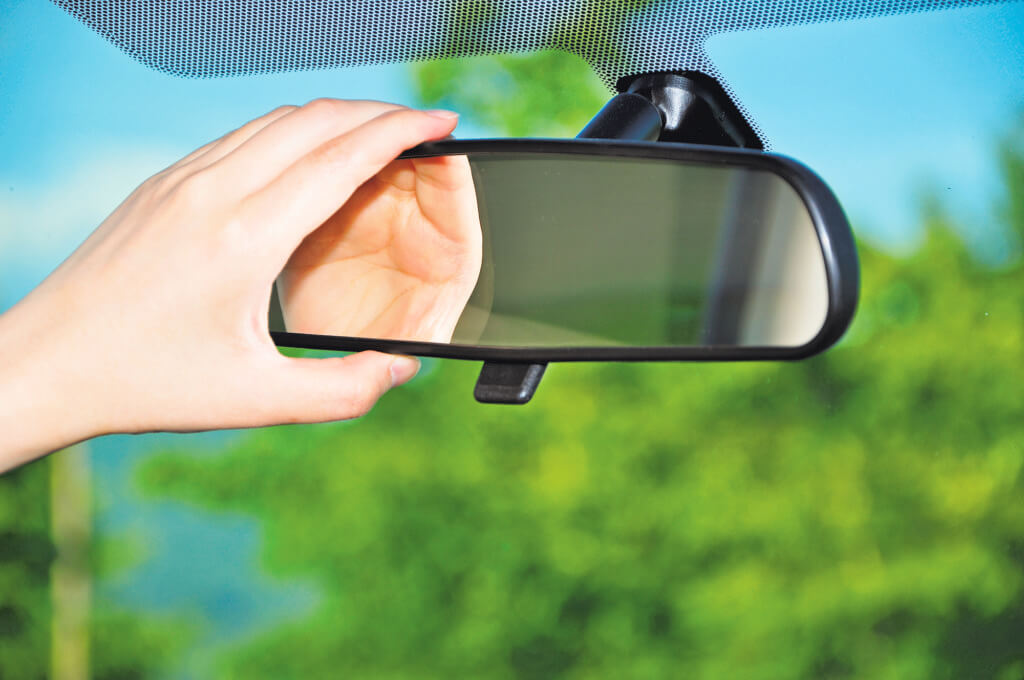
Hold the steering wheel properly
When it comes to the issue of how to hold the steering wheel properly, the most common advice you hear is that you should keep your hands at “ten and two”. Naturally, these numbers refer to a clock, so your hands should be on each side of the steering wheel, respectively, slightly above the middle of the wheel.
However, US’s NHTSA recommends your hands be positioned slightly lower, at nine and three, especially if you have a smaller steering wheel. In any case, be firm but gentle, and this will allow you to have better control over your car in every situation.
Steering the vehicle with one hand is generally not recommended, but there will be instances in which you will be forced to take one of your hands off the steering wheel. Primarily, you will have to take a hand off the wheel when changing the gears manually.
In these cases, keep the hand that remains on the wheel slightly lower, at the eight or nine o’clock position on one side or three or four o’clock on the other.
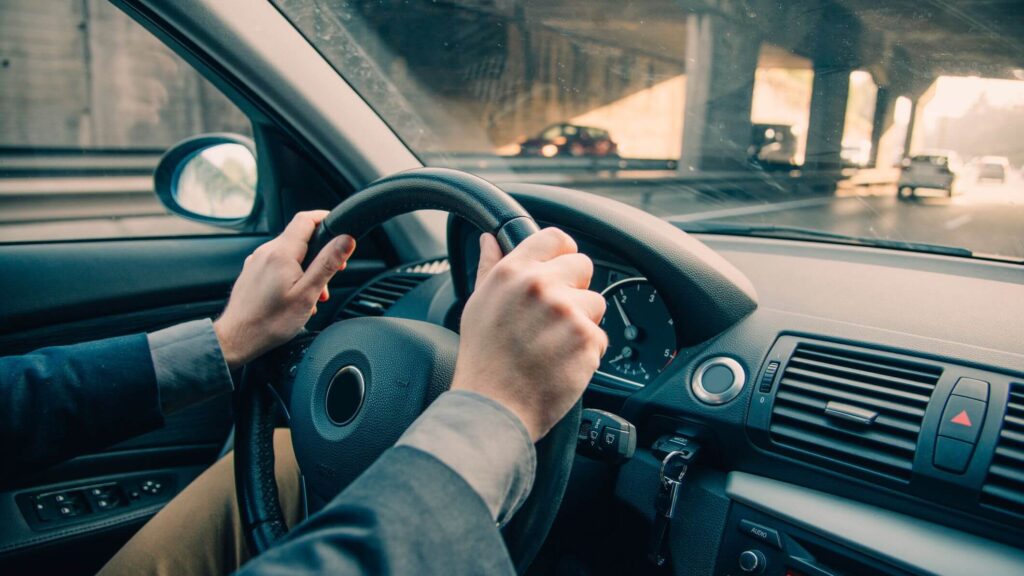
Use turn signals
One of the most important driving tips is that you use your turn signals exactly as you are supposed to. So, when you’re changing lanes, turning at an intersection, pulling over, or overtaking someone on the road, always use a turn signal to indicate this.
Doing this is important because this way you are notifying other drivers of your intentions, which means they can adjust their behaviour accordingly. Imagine if you were to suddenly turn left or right at an intersection without your turn signal – there is a high chance of hitting the car coming from the opposite direction or the pedestrian who thought it was safe to start crossing the street.
Not to mention that failing to use your turn signals can get you a nice fine, too.
So, for your sake and everyone else’s – use your turn signals when necessary.
Leave enough space
Another way you can be a better driver is that you leave enough space between you and the car in front of you (and behind you, if possible). If there is enough space between the cars, you will be able to react properly if something unexpected happens, e.g. if the driver in front of you hits the breaks suddenly for some reason.
This way, everybody on the road feels more comfortable.
So, don’t drive too fast and be right on the tail of the car in front of you, but don’t be too slow so that the car behind you can’t maintain its distance, either.
This is especially important if you’re driving in difficult conditions, such as snow or rain. If that’s the case, you should leave more space between the cars than usual because it will take more time for the car to stop completely when you hit the breaks.
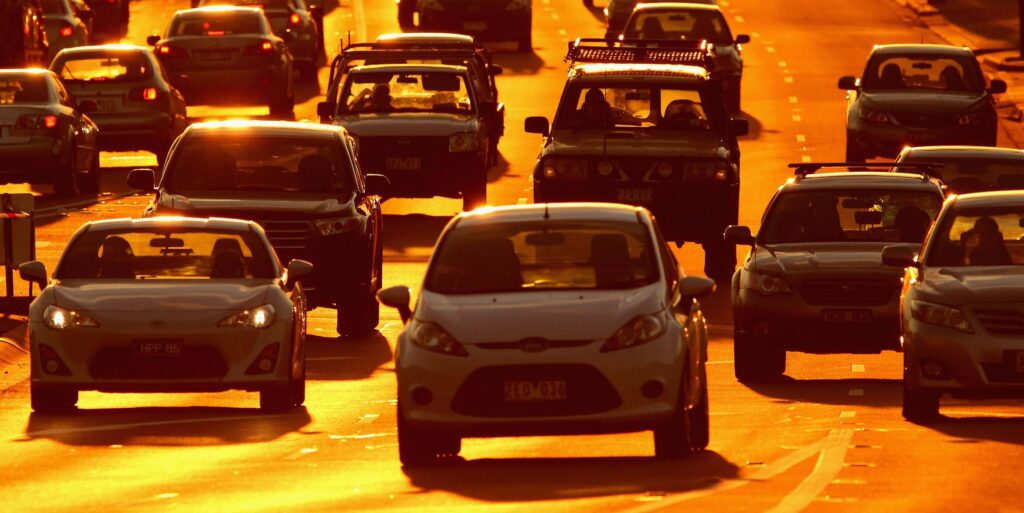
Look further ahead
A common mistake new drivers make is that they keep looking only at the first car in front of them, and do not focus on anything happening beyond that.
Looking further ahead helps you be prepared for any potential problems in advance. If you only react once the car in front of you starts reacting, there is a pretty good chance you will be too slow and crash right into it.
How long has that traffic light in front of you been green? Can you make it if you push the pedal a bit harder? Or should you start slowing down? That’s just one example of how looking ahead makes you a better driver.
Do your best to know what is around your car at any given moment while you’re driving. This means you will regularly have to scan the road ahead and check the mirrors, but the result will be complete awareness of your surroundings and thus a much safer ride.
